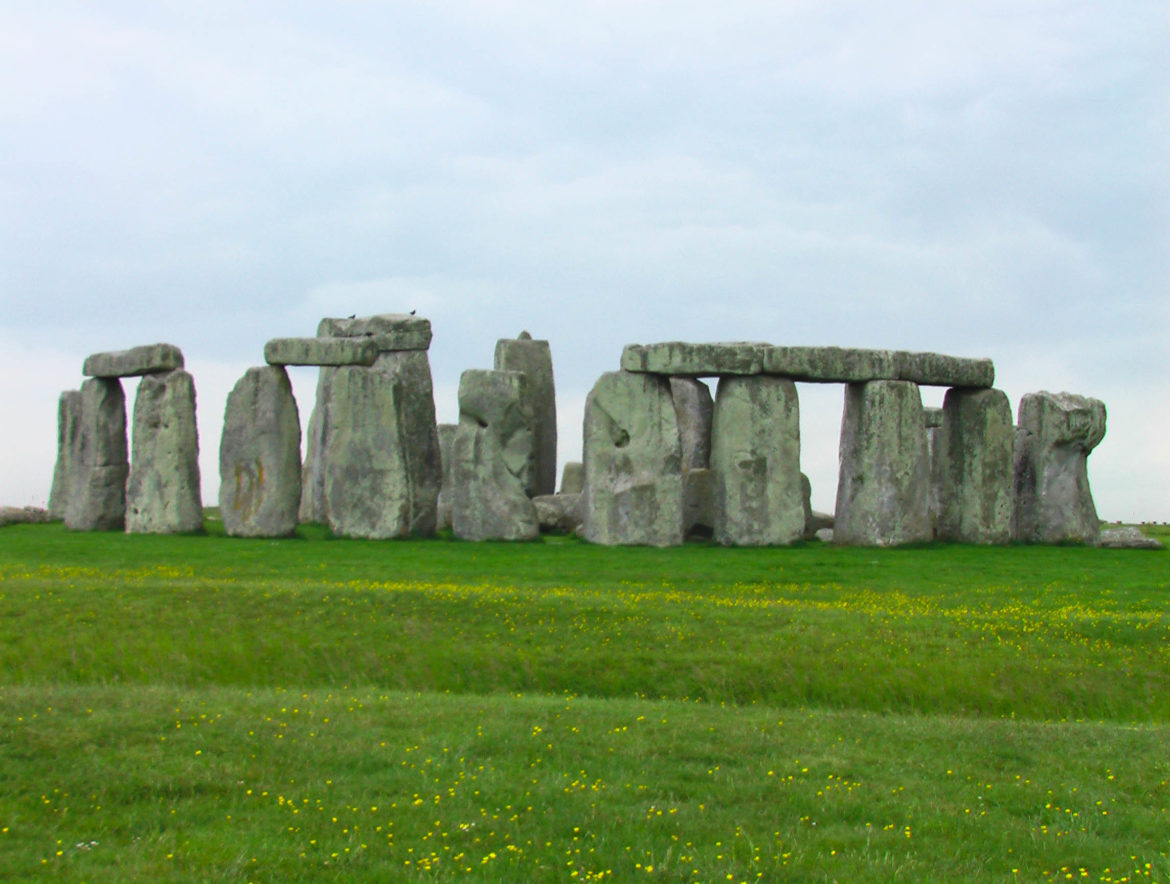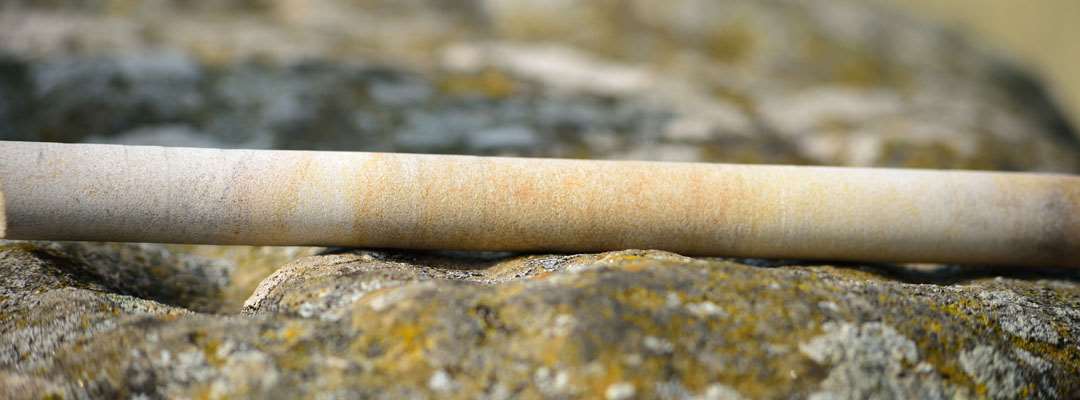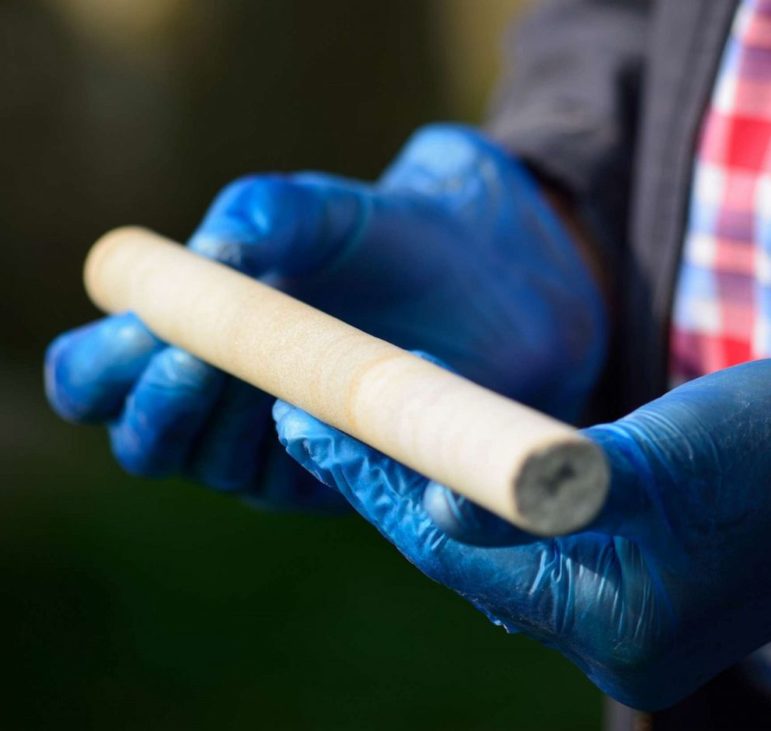MIAMI – There are missing parts of Stonehenge, three of them to be precise. One of them was found in Miami-Dade County.
Between 1950 and 1964, there was a significant amount of archaeological attention on Stonehenge. English Heritage explains that the Society of Antiquaries commissioned three archaeologists, (Richard Atkinson, Stuart Piggott and J.F.S. Stone) to do an extensive excavation and produce a “definitive” volume on the ancient site.
The team of archaeologists was charged with continuing the work of Colonel Hawley who conducted excavations at the site in the 1920s, after Cecil Chubb gave the land to the UK on October 26, 1918. This earlier excavation by Hawley had left a series of questions that had remained unanswered, including where the stones were from.
One of the issues we may not realize, is that Stonehenge in 1950’s did not look like Stonehenge now. In 1797, one of the trilithons fell and had been left resting on the ground. There were other stones that had fallen, and others still in danger of collapsing.
There was also an open question as to whether Stonehenge should be restored or left in its then current state.
In the 1950s, as part of the renewed interest in the monument and the accompanying archaeological work, the decision to restore was received by the Society of Antiquaries and approved by the Ministry of Works for funding. Restoration began in 1958 and the trilithon was re-erected the following year after 171 years on the ground.
Subsequently, in 1963, one of the outer circle stones fell. The collapse was likely the result of an early and wet spring followed by heavy rains and winds. Inspections of the site found that several other stones were moving, including the famous section called the Great Trilithon.

Stonehenge (TWH)
However, as English Heritage explains, the earlier restoration projects had made Stonehenge easier to comprehend. As a result, public support had coalesced around keeping and maintaining the monument. Over the course of the years following 1958, the fallen stones were re-erected and the moving stones anchored with concrete. The site was restored in 1964.
During these excavations and restorations, Stonehenge was under constant research scrutiny. As noted, one of those open questions left by Hawley involved the origin of the famous stones. 60 years after restoration, that fallen trilithon may now provide some answers.
As part of the re-erection of the trilithon, cracks were identified in the stones. To secure the vertical stones properly, they were bored and reinforced with metal rods. The repairs were then covered with plugs cut from excavated sarsen fragments.
The boring of the stones inadvertently produced three core samples, parts of Stonehenge that then vanished from the site. One of the core samples made its way to the City of Aventura, an area north of Miami. The sample was under the care of Mr. Robert Phillips, 89.
Phillips was involved with the restoration project of Stonehenge as an employee of Van Moppes, a Basingstoke diamond cutting business and the company that assisted with the trilithon repairs. Phillips kept the piece in his office. He emigrated to America in the 1976, and eventually retired to the Miami area all the while carrying the core. The Stonehenge core has reportedly visited California, Illinois, and New York, accompanying Phillips in his travels. He has now returned the approximately meter-long core to Stonehenge.
Last year, Phillips and his sons, Robin and Lewis, visited Stonehenge and presented the core to English Heritage curator, Heather Sebire. “The last thing we ever expected was to get a call from someone in America telling us they had a piece of Stonehenge,” Sebire said in a press release today.

Stonehenge Core (Source: English Heritage)
English Heritage noted that the core offers a new and “unique opportunity” to deepen our understanding about the origin of Stonehenge. “Studying the Stonehenge core’s ‘DNA’ could tell us more about where those enormous sarsen stones originated,” Sebire noted.
The core is now at the University of Brighton. Professor David Nash, said that “Archaeologists and geologists have been debating where the stones used to build Stonehenge came from for years.” He added, “Our geochemical fingerprinting of the sarsens in situ at Stonehenge, and of the core itself, when compared with samples from areas across southern England will hopefully tell us where the different stones came from.”

The missing core (Source: English Heritage)
These cores offer that opportunity to extend the work of another team of geologists who published a paper in February 2019 about the origin of the prehistoric monument. The research found evidence of megalith quarrying around 3,000 BCE. The researchers noted that the exact geological sources of the stones they studied appear to be Carn Goedog and Craig Rhos-y-felin in Wales.
Mr. Phillip’s son Lewis told reporters “Our father has always been interested in archaeology and he recognized the huge importance of the piece of the monument in his care. It was his wish that it be returned to Stonehenge…. We are all delighted the core has come home, particularly as it is now being used to further important research.”
Two other cores are still missing. English Heritage is hoping for their safe return. Anyone with information can contact them at stonehenge.core@english-heritage.org.uk.
The Wild Hunt is not responsible for links to external content.
To join a conversation on this post:
Visit our The Wild Hunt subreddit! Point your favorite browser to https://www.reddit.com/r/The_Wild_Hunt_News/, then click “JOIN”. Make sure to click the bell, too, to be notified of new articles posted to our subreddit.